John E. Seavey, Cape Porpoise builder, School Agent, Inventor, and Father of Triplets
I was doing some research on the Seavey Family of Cape Porpoise this week and encountered a lot of history, but I promise won’t go all the way back to William Seavey who came to Cape Porpoise from Kittery in 1720. ![]()
John E. Seavey was born in Cape Porpoise in 1830. He was listed in the 1860 census as a carpenter. He had been married to Ruth Ridlon for 6 years. Their eldest son George Fred was 5 and their daughter Cinda was 3. Seth would be born the following year.
In addition to being a carpenter, John was the Crow Hill School District Agent. It was his job to see that the schoolhouse was kept in repair, furnished with split wood for heat, a pail full of fresh water, and a hand bell to summon pupils from play to study. According to Cape Porpoise historian, Melville Freeman, the Crow Hill School was a red, one-story building with a single entrance and windows set high in the wall. It was situated on the south side of the road at the top of Crow Hill. The town did not provide students with books or writing materials. Such supplies were the responsibility of the parents or interested neighbors. John had the good sense to build a house for his family just behind the Crow Hill School.
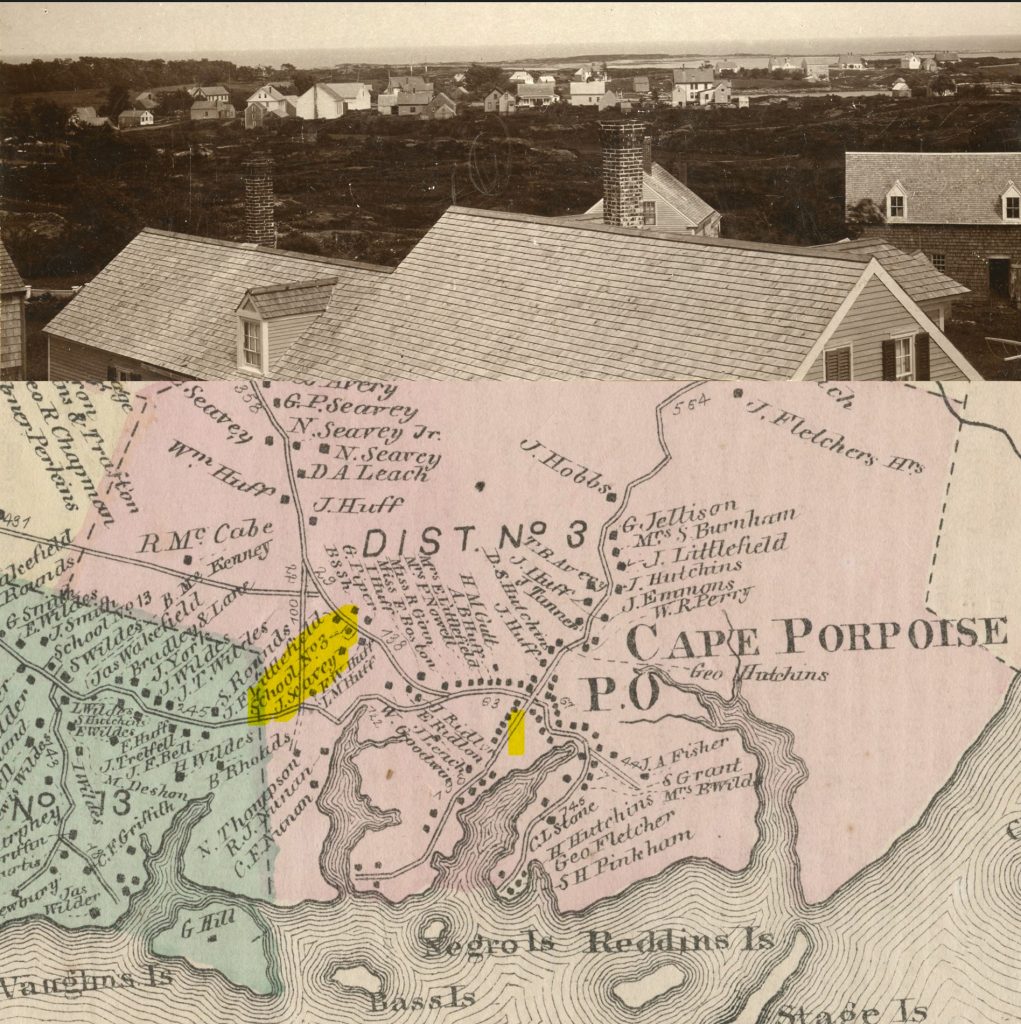
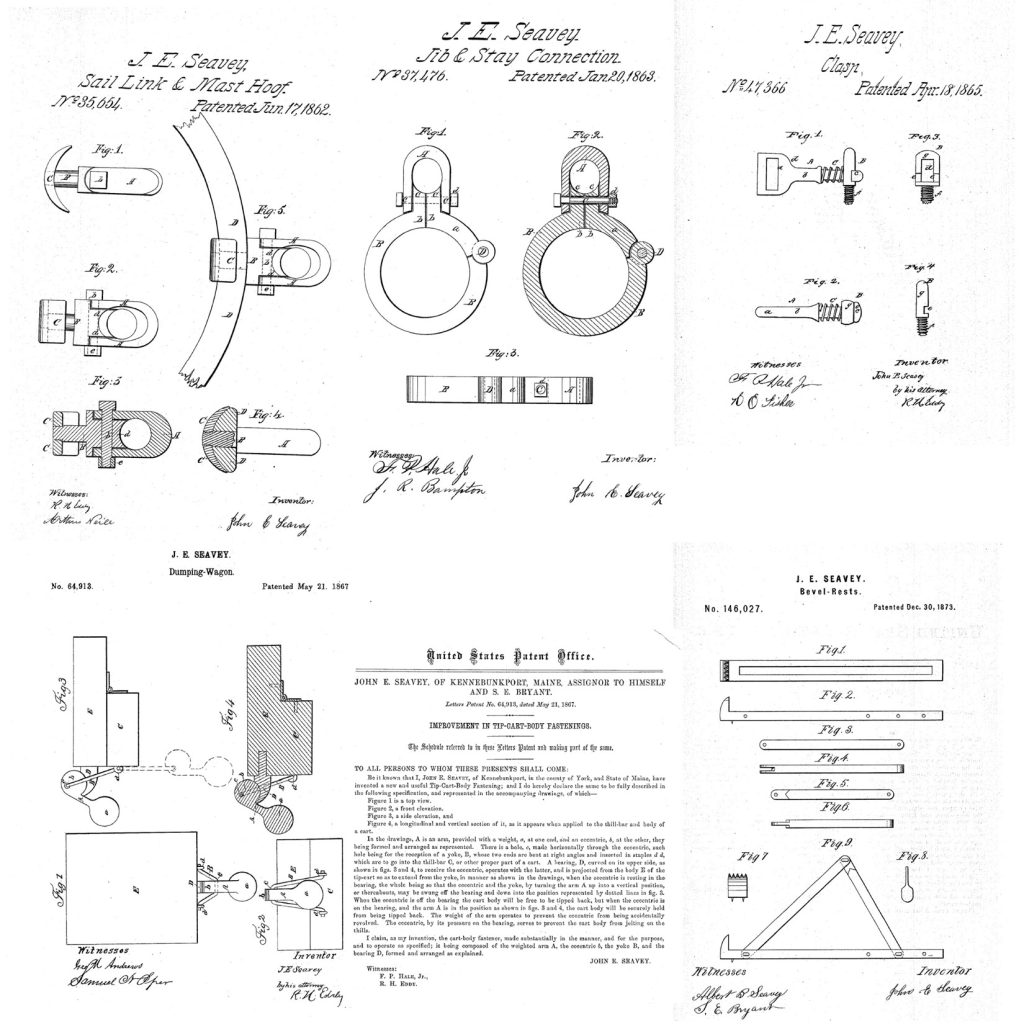
John E. Seavey’s third job was that of an inventor. He was granted at least five patents in the 1860s and 1870s. Some of them were sail attachment gadgets, one was a dump mechanism for a wagon, and his last invention in 1873 was a bevel jig.
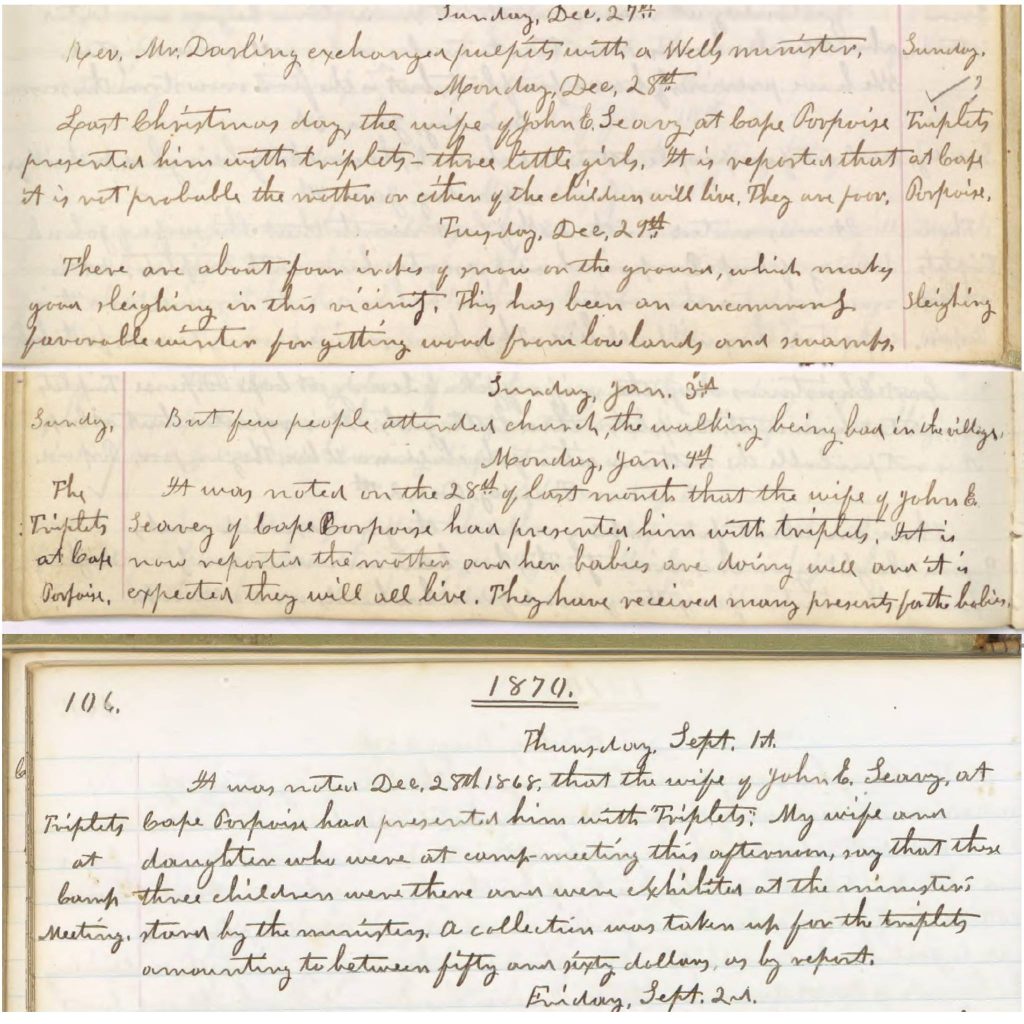
He needed the work with all those mouths he had to feed. His wife Ruth gave birth to identical triplet girls on Christmas Day, 1868. A few days after Christmas, Kennebunk Diarist Andrew Walker worried that the struggling mother and three baby girls would not survive long. A week later he announced they were all thriving and being showered by their neighbors with Christmas gifts.
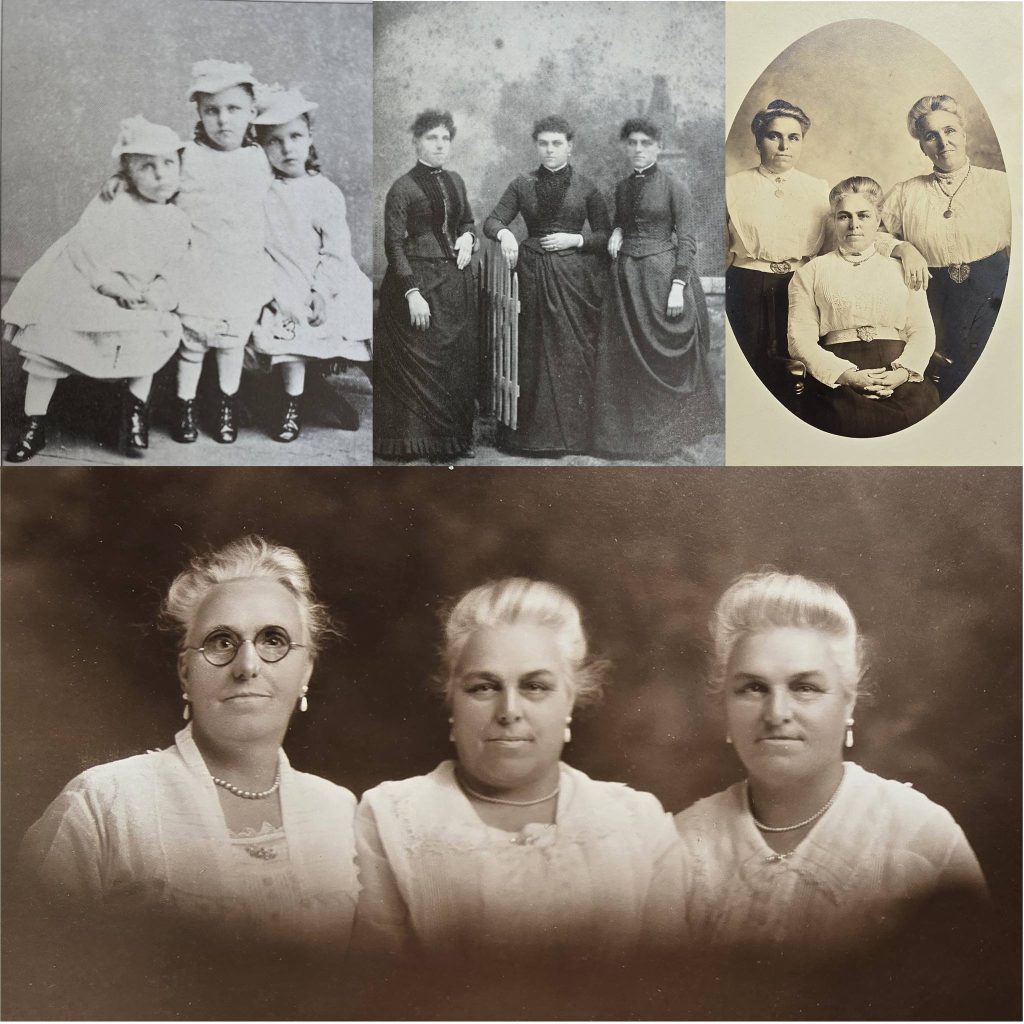
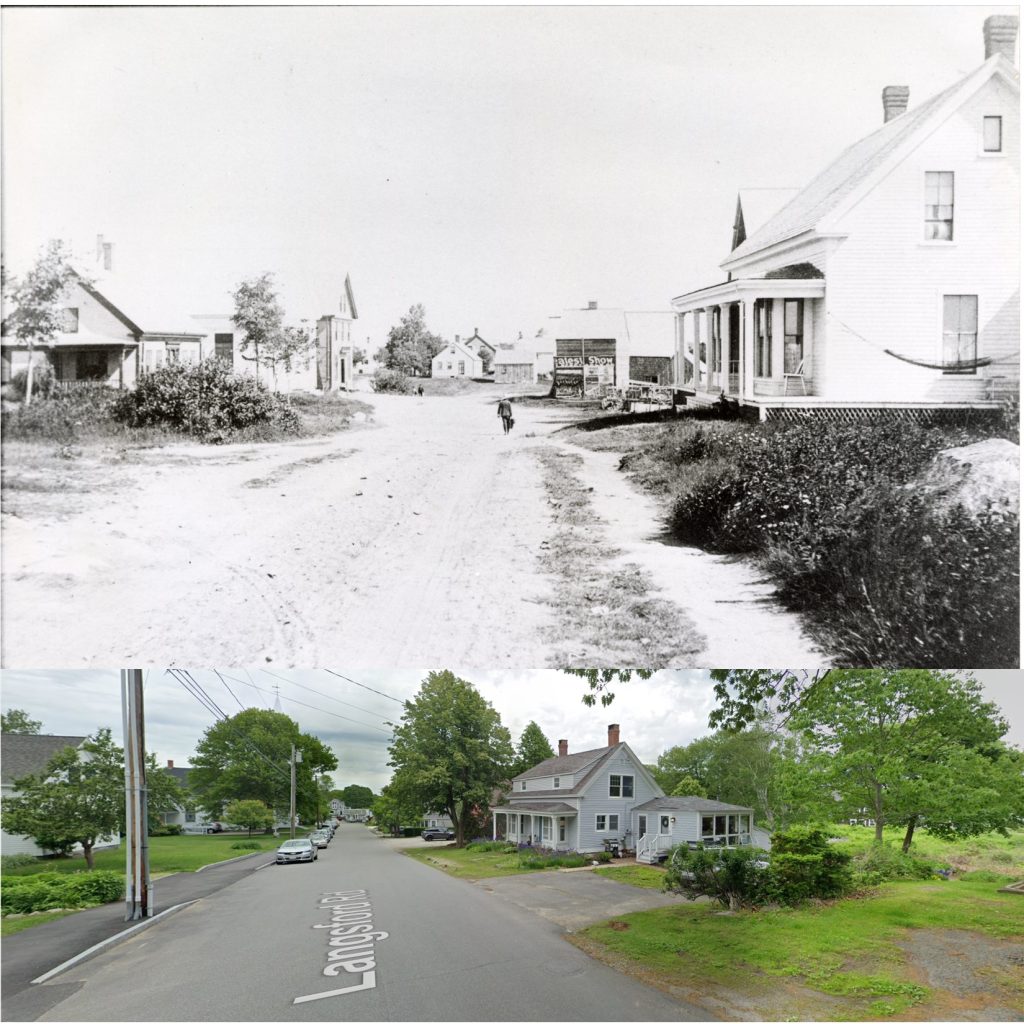
In the early 1870s, a new school was built at the corner of Mills Road and Main Street. The 50 + year old Crow Hill Schoolhouse was moved to 10 Langsford Road and converted into a home that though it has been significantly altered, still stands next door to Farm to Table.
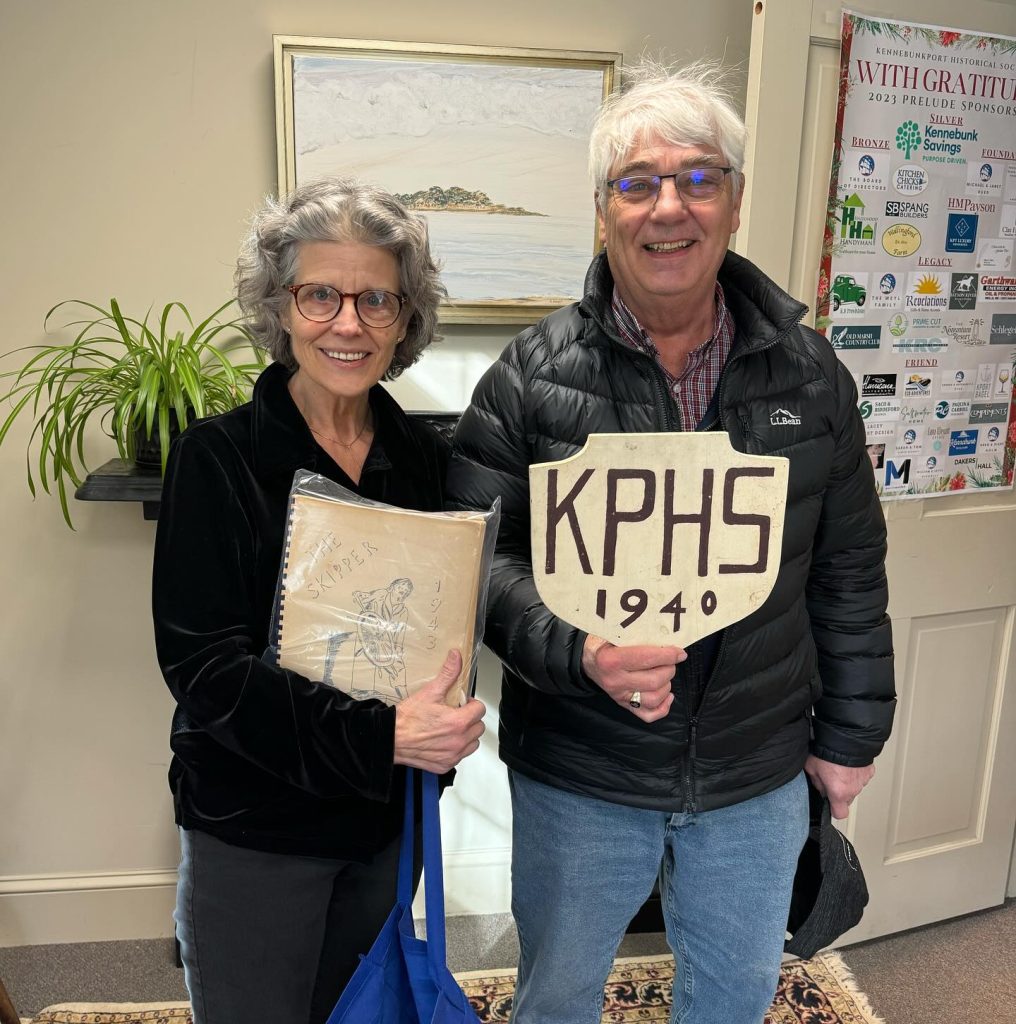


Leave a Reply